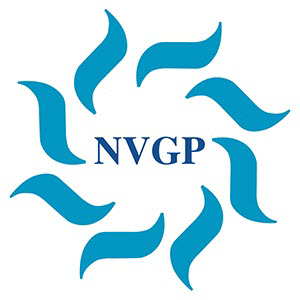Leadership and the Group
Sjovold, E. e.a. Introduction to the Special Issue: Leadership and the Group Small Group Research 2014, Vol. 45(4)
Verslaggever Willem de Haas
Abstract
Civilian leadership has long focused on the individual champion who by his personal traits, talent, or charisma are able to move the masses toward a decided direction of benefits for the organization (its owners or the leader himself). This picture of a leader with almost omnipotence and omniscience is bleaching. We see that central governance, strict procedures, management by objectives, and rigid benchmarking processes fail more often than they offer business success. The rapid technological development experienced today causes more uncertainty than less. More frequent abruptive changes in markets and products also contribute to a more chaotic business situation. This situation makes leaders look to military doctrines for help, and the con- cept of Mission Command is suggested as applicable for business leadership (Clemons & Santamaria, 2002).
The key to successful application of Mission Command is to empower and grant authority to lower ranking officers on the battlefield. According to Mission Command doctrine, it should be accepted that lower ranking officers can break superiors’ orders if they judge the situation to be different from what the orders were based on. This is a dramatic change from my days in the Army during the cold war when the line of commands were absolute, and breaking an order would have the most serious consequences. Without a shared under- standing of the intention behind the mission, such decentralized power will definitely result in even more chaos and eventually disaster. As a result, the concept of the ideal military leader has changed from the authoritarian point- ing with this whole hand to the more humble, but still firm-in-character, leader attentive to his fellow soldiers. As military leaders still are primarily men, it may be seen as a paradox that traits traditionally seen as female characteristics are proven to be effective in battle-like situations (Bachman, 1988), when cor- porations with a better mix of males and females still favor more masculine leadership practices. However, as a consequence, modern military leadership training focuses the leader’s ability to build teams where every member has internalized the intention of the mission and feel responsible to observe, eval- uate, and act accordingly. The ideal is that the team is able to act as one entity and the role of the formal leader is less prominent.
Wat betekent dit voor de nvgp?
Dit geheel aan leiderschap en teams gewijde nummer is interessant voor ons omdat de diverse artikelen laten zien dat modern leiderschap vooral groepsgericht leiderschap is met veel ruimte voor de teamleden om naar eigen goeddunken te beslissen. Zelfs bij battleteams in deze tijd is dat de meest effectieve wijze van sturing.
Het staat haaks op het management dat tegenwoordig hoogtij viert-bijv bij de overheid- nl met protocollen, richtlijnen en eindeloze controlemechanismen
| Relevantie voor richtlijnen | O O O O O |
| Relevantie voor onderzoek | O O O O O |
| Relevantie voor groepsbehandeling | O O O O O |
| Relevantie voor teamcoaching | O O O O O |
| Relevantie voor groepsdynamicaopleiding | O O O O O |
| Relevantie voor groepstherapieopleiding | O O O O O |
| Relevantie voor KP opleiding | O O O O O |
